Great potential
The Southwest region of Nghe An is defined as including the districts of Thanh Chuong, Anh Son, Con Cuong, Tuong Duong and Ky Son. These are districts located in the Southwest of Nghe An and have borders with Xieng Khouang and Bolikhamxay provinces of the Lao People's Democratic Republic.

The total area of the region is 8,377.58 km2 , accounting for nearly 50% of the province's area. The population of the region is 590,953 people (in 2019), accounting for about 17.8% of the province's total population. The total forestry land area of the region is about 715,411 hectares, accounting for more than 61% of the total forestry land area of the province. Notably, all 5 districts are located in the Western Nghe An World Biosphere Reserve, with the core area being Pu Mat National Park.
In terms of terrain, this is an area strongly divided by the system of Lam River tributaries. All 5 districts have mountain peaks over 1,000m high, the highest of which is Puxailaileng (Ky Son) with an altitude of 2,720m. In terms of soil, this is also a diverse area: alluvial soil along the river, yellow soil, feralite soil, etc.
From that characteristic, the Southwest region of Nghe An is very rich and diverse in biology. Of which, there are nearly 1,000 medicinal species with precious species such as Puxailaileng ginseng (round-leaf wild Panax pseudoginseng), red Polygonum multiflorum, 7-leaf 1-flower ginseng, yellow flower tea, golden orchid, Tho Hao ginseng, Codonopsis pilosula, red lingzhi mushroom, etc. It can be said that the Southwest region has a lot of potential for developing medicinal herbs on a large and rich scale. This is the region with National Highway 7 crossing into Laos, which can connect with Xieng Khouang province, which is also a place with potential and advantages for developing medicinal herbs, with Ho Chi Minh road passing through 2/5 districts in the region, and Lam river flowing through all 5 districts. In the planning, the upcoming Hanoi - Vientiane expressway will also pass through the region connecting with Laos via Thanh Thuy border gate.

In recent times, the Nghe An Science and Technology sector has implemented support for many projects on growing and processing medicinal herbs in the area, creating favorable conditions for the succession of the coming years such as: Puxailaileng ginseng, 7-leaf 1-flower ginseng, Panax pseudoginseng, Angelica, Codonopsis, Jacoon, ginger, Gynostemma pentaphyllum, Chinese yam, wild bitter melon, bobo... (Ky Son), Morinda officinalis, Purple Khoi, Golden Flower Tea, 5-vein Melaleuca, Red Turmeric,... (Tuong Duong), Solanum procumbens, Gymnema sylvestre, Polyscias fruticosa, Purple Amomum, Cat's Claw, Black Xa, Tho Hao Ginseng (Thanh Chuong)...
In addition, many businesses are now interested in researching, surveying and investing in the region such as Pu Mat Medicinal Herbs Company, TH Group and many other businesses have also committed to investing, Nghe An Pharmaceutical and Medical Supplies Company is building a Pharmaceutical Factory in Nam Cam Industrial Park. Moreover, this is the base of Pu Mat National Park Management Board, a unit with the function of scientific research that will be the place to preserve, transplant, test and produce medicinal herbs, from there, connect with businesses, agricultural technical service centers of districts and protective forest management boards of districts to support farmers.
Recently, the National Target Program for Socio-Economic Development of Ethnic Minority and Mountainous Areas has dedicated a specialized project to develop medicinal herbs (the first phase selected Ky Son district).
New Opportunity

In the last two decades, the trend of returning to the use of herbal medicines for disease prevention and treatment has become popular. It is estimated that 70% of the global population still uses herbal medicines in primary health care in the community. Herbal medicines are used not only in Asian countries but also consumed in large quantities in Western countries. In industrialized countries, a quarter of the drugs prescribed in prescriptions contain active ingredients from herbs.
In Vietnam, domestic and export demand annually requires over 50,000 tons of various medicinal materials. This is a very large market. To date, there have been over 4,000 patents registered for Chinese traditional medicine, with 40 different dosage forms, produced in 684 factories specializing in traditional medicine.

Japan is the world leader in research on biologically active compounds from medicinal plants, accounting for 60% of the world's patents in this field in 5 years (1990 - 1995). During the period 2000 - 2005, multinational pharmaceutical companies had 23 new drugs from natural sources that were allowed to be marketed to treat cancer, neurological diseases, infectious diseases, cardiovascular diseases, diseases related to the immune system, anti-inflammation, etc.
Vietnam has had a program to develop medicinal herbs and the pharmaceutical industry for quite a long time, and recently the Prime Minister issued Decision 376/QD-TTt/2021 on the Program to develop the pharmaceutical and medicinal herbs industry in Vietnam to 2030 and vision to 2045. Meanwhile, the legal corridor has been cleared, with the National Assembly issuing the Forestry Law in 2017, which clearly stipulates agricultural cultivation, non-timber forest products, and ecotourism under the forest canopy.
On the local side, Nghe An has issued the Plan for medicinal plant development to 2025 and vision to 2030 in Decision 1187/QD-UBND/2018. With the increasingly rapid development of science and technology, the profits from growing medicinal plants are increasingly higher and superior to those from growing traditional food crops and forestry trees.
Resolution 39/NQ-TW of the Politburo dated July 18, 2023 on building and developing Nghe An province to 2030 and vision to 2045 clearly stated: "Rapid and sustainable development of the Western region on the basis of maximizing potentials and advantages, especially advantages in forest economy, economy under forest canopy...", in which "developing forests together with the carbon credit market; focusing on developing non-timber forest product production, especially medicinal plants".
Here are some solutions: The Department of Agriculture develops a project/program for the development of medicinal herbs in Nghe An by 2030, on that basis, the districts will develop plans in their areas. From now until 2030, priority will be given to development in the two districts of Ky Son and Tuong Duong to take advantage of resources from the National Target Program (Mountainous Ethnic Program and Program 30a).
In particular, priority is given to medicinal plant varieties that have been tested locally and are available on the market such as: Dang sam (vine ginseng), angelica, Yacon ginseng, Panax notoginseng, 7-leaf 1-flower ginseng, Vietnamese ginseng (Ngoc Linh ginseng, Puxailaileng ginseng), Chinese yam, Gynostemma pentaphyllum, purple khôi, tea vine, Ky Son ginger, red turmeric, purple Morinda officinalis, bo bo, purple amomum, wild bitter melon, red polygonum multiflorum, yellow flower tea,...
For the remaining districts, deploy tested and marketed species such as: Solanum procumbens, Gymnema sylvestre, small-leafed Polyscias fruticosa, sand ginseng, purple cardamom, purple khôi, Gynostemma pentaphyllum, wild bitter melon, black xạ, Thổ Hào ginseng, kudzu, sâm cau tien mao, sâm cau do (bong bong),... and essential oil species such as mint, lemongrass, five-veined cajuput...
Continue to conduct surveys, analyze the quality and test some medicinal plant species based on research of the conservation program, exploit and develop gene pools such as: blood vine, betel nut, coix seed, yellow star, dipsacus, purple ginger, and knotweed... at different levels and microclimates. Form a conservation garden and museum of medicinal plants in Pu Mat National Park.
Organize the construction of a Center for Medicinal Plant Seed Production at the Center for Science and Technology Application and at National Parks, conservation areas, forestry farms and protective forest management boards to proactively provide seeds to people on the basis of receiving technology transfer and building parent tree gardens, depending on the biological characteristics of each species to arrange. Organize seed production according to orders from businesses and cooperatives. In parallel with local start-up businesses, the province needs to focus on attracting investment with a focus on medicinal and pharmaceutical processing enterprises to invest in Nghe An to promote the development of the medicinal plant industry.
Maximize indigenous knowledge of medicinal plant cultivation to combine with new cultivation techniques and support the commercialization of traditional medicine to stimulate the demand for medicinal plants. Research on medicinal plants, evaluate the medicinal properties of medicinal plants collected in the mountainous areas of Nghe An, and the preparation methods in the book "Quy vien gia hoc" by the famous physician Hoang Nguyen Cat (living in Thanh Chuong in the 18th century) to select suitable species for cultivation, to popularize medicinal plants as well as to study the extraction of medicinal properties from the preparation methods he left behind. In addition, promote agricultural tourism, community tourism, and eco-tourism to combine promotion, introduction, and sale of medicinal plants, processed products, and traditional medicines.
The Department of Science and Technology continues to consider medicinal materials and pharmaceutical processing as key priority areas to allocate reasonable funding to support seed production, experimental planting, pharmaceutical analysis, processing, technology application and innovation, brand building, intellectual property protection, conservation and development of genetic resources, etc. to support the medicinal materials program.
Pay attention to topics/projects on circular economy, green economy in the field of medicinal herbs and pharmaceuticals. Speed up the process of allocating land and forests to people. Propaganda and mobilize people to understand the rights and benefits of economic models under the forest canopy. Propose to consider handling the area of depleted secondary forest land near residential areas to allocate land for production to people.
Source


![[Photo] The coffin of former President Tran Duc Luong arrives in Quang Ngai](https://vphoto.vietnam.vn/thumb/1200x675/vietnam/resource/IMAGE/2025/5/25/1f1aca0d92ab47deae07934e749b35e6)
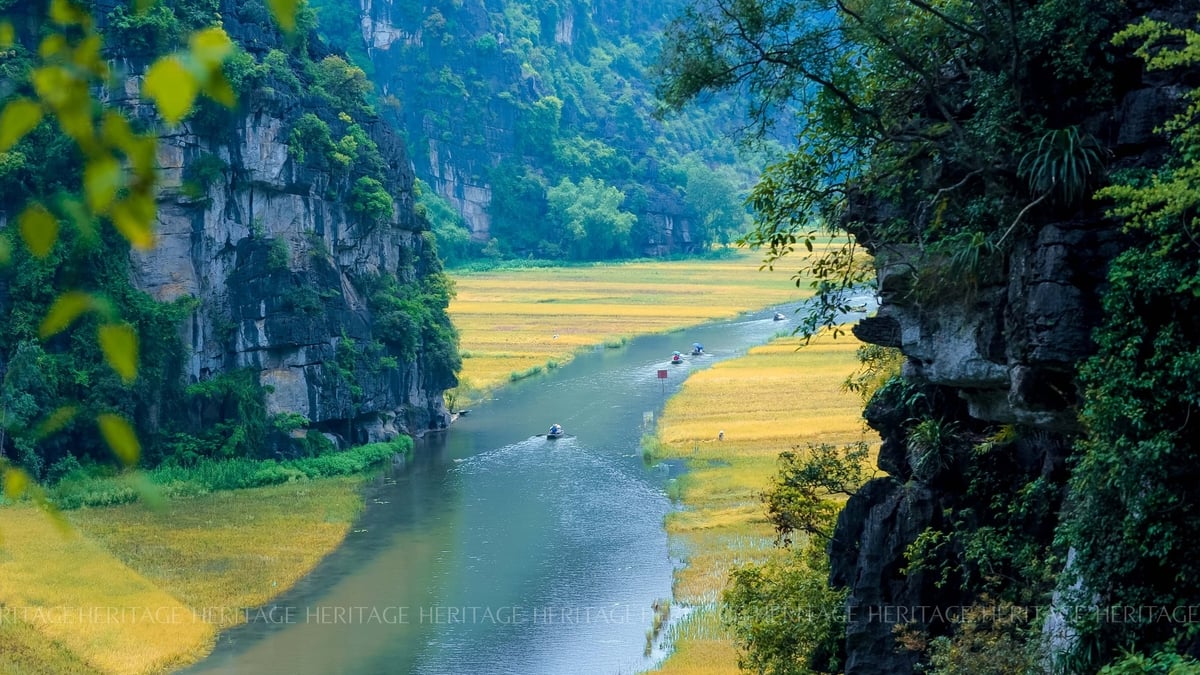
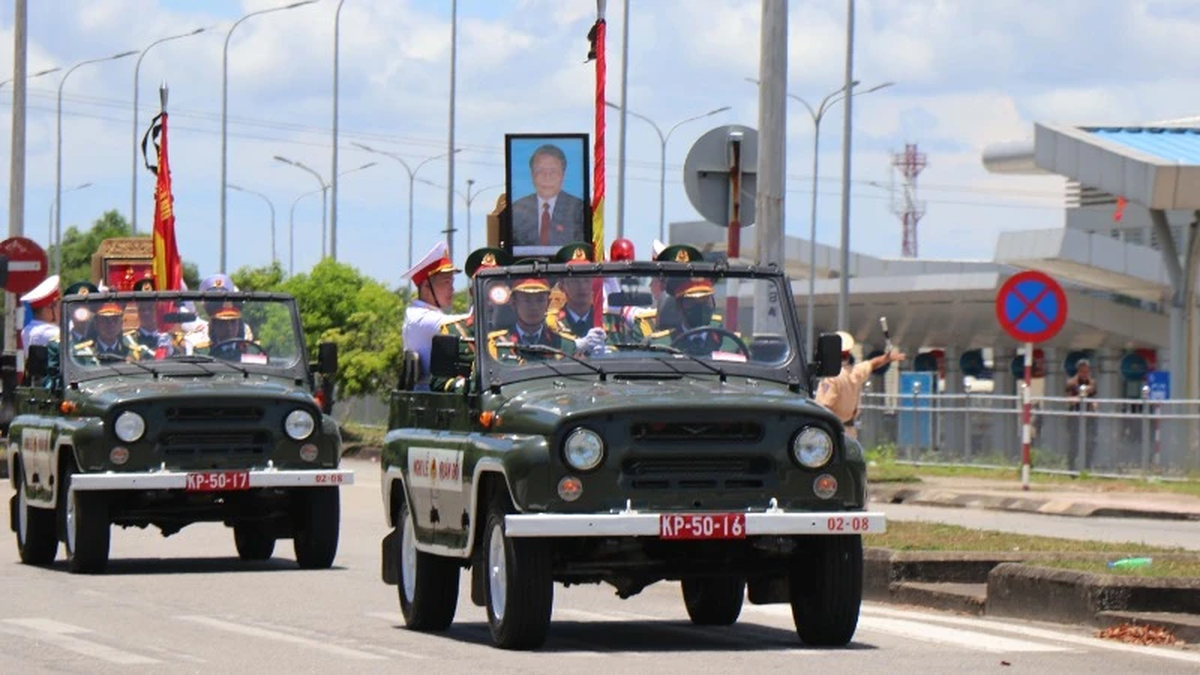
![[Photo] Welcoming ceremony for Prime Minister Pham Minh Chinh and his wife on an official visit to Malaysia](https://vphoto.vietnam.vn/thumb/1200x675/vietnam/resource/IMAGE/2025/5/25/dc30203c3ae24da3990266ec3b29bb2d)
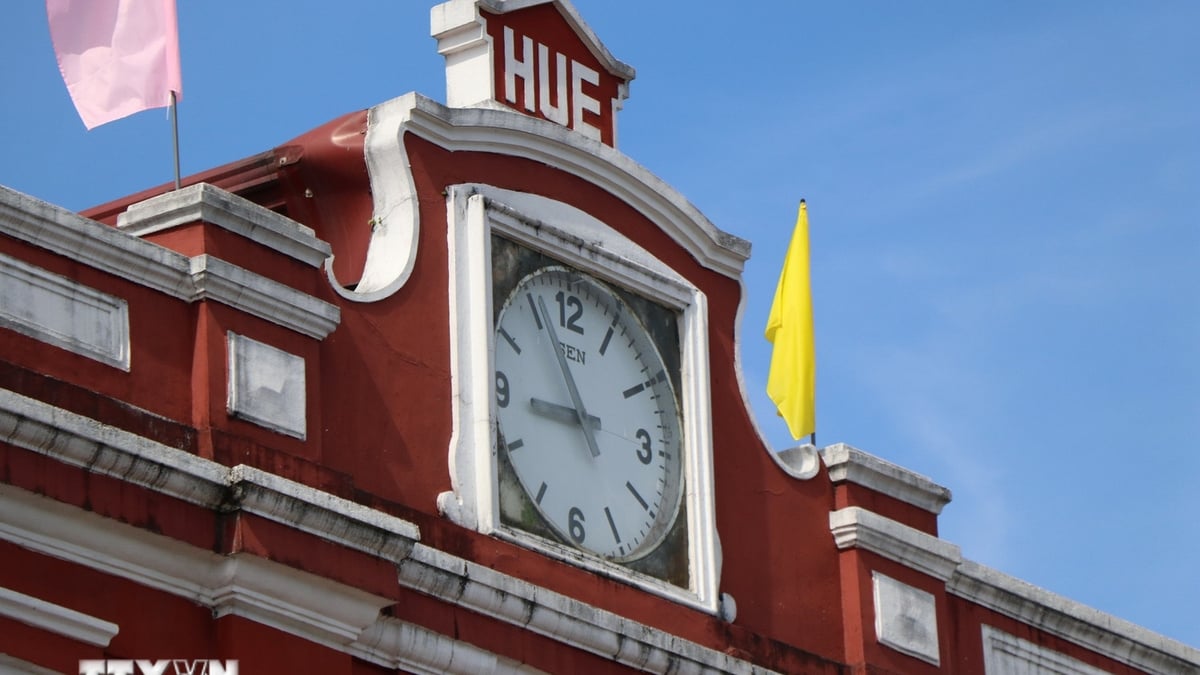
![[Photo] Funeral of former President Tran Duc Luong in Quang Ngai](https://vphoto.vietnam.vn/thumb/1200x675/vietnam/resource/IMAGE/2025/5/25/ccf19a3d8ea7450bb9afe81731b80995)
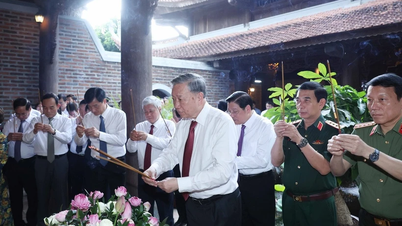



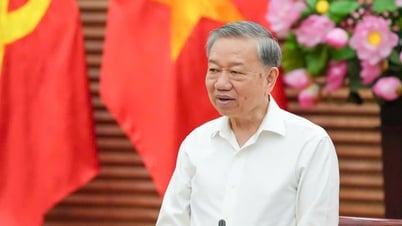

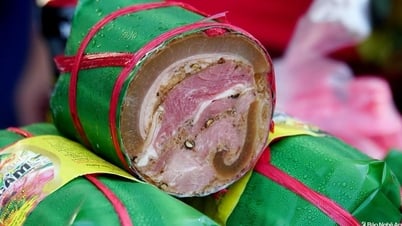


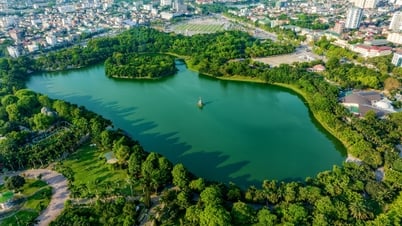

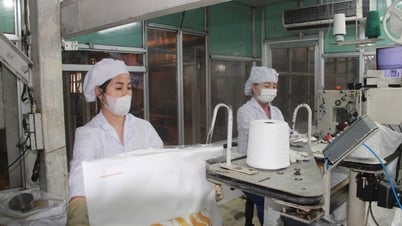

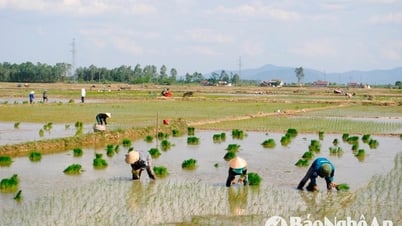
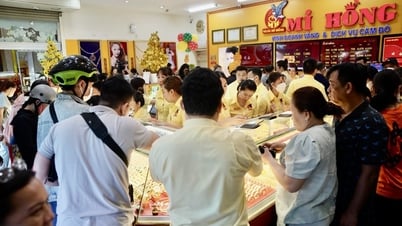
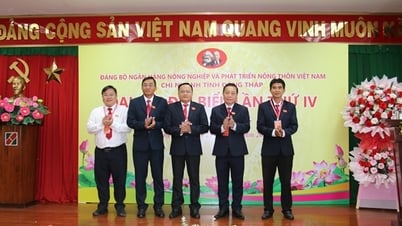





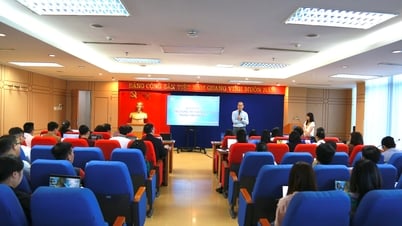

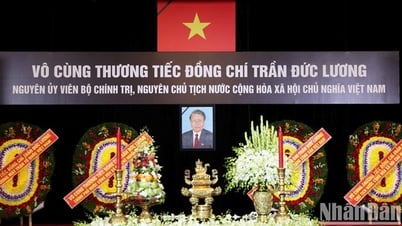
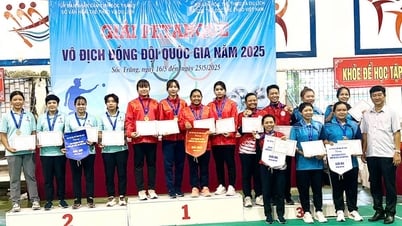
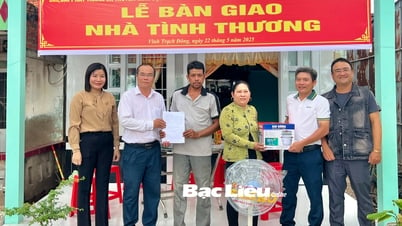
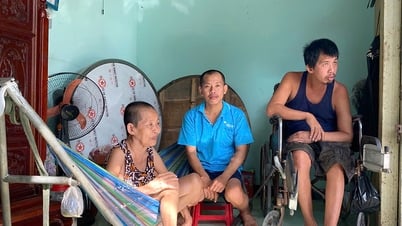


























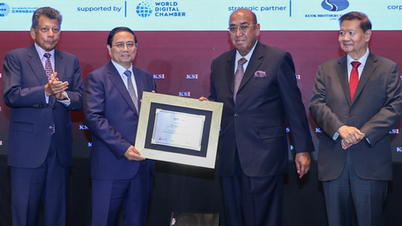

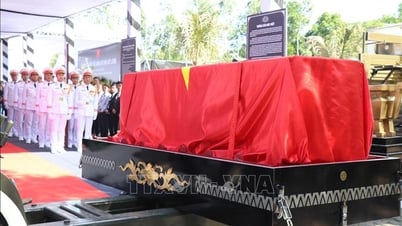













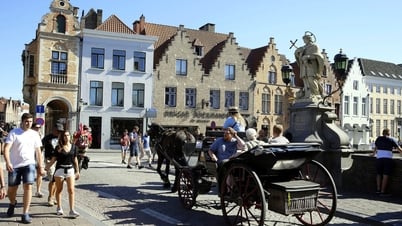



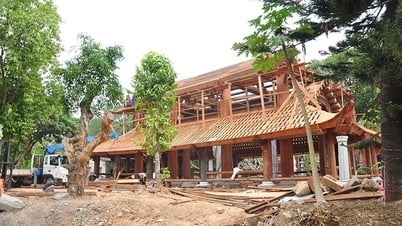







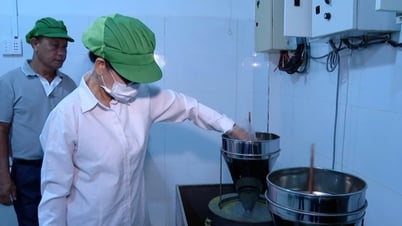





Comment (0)